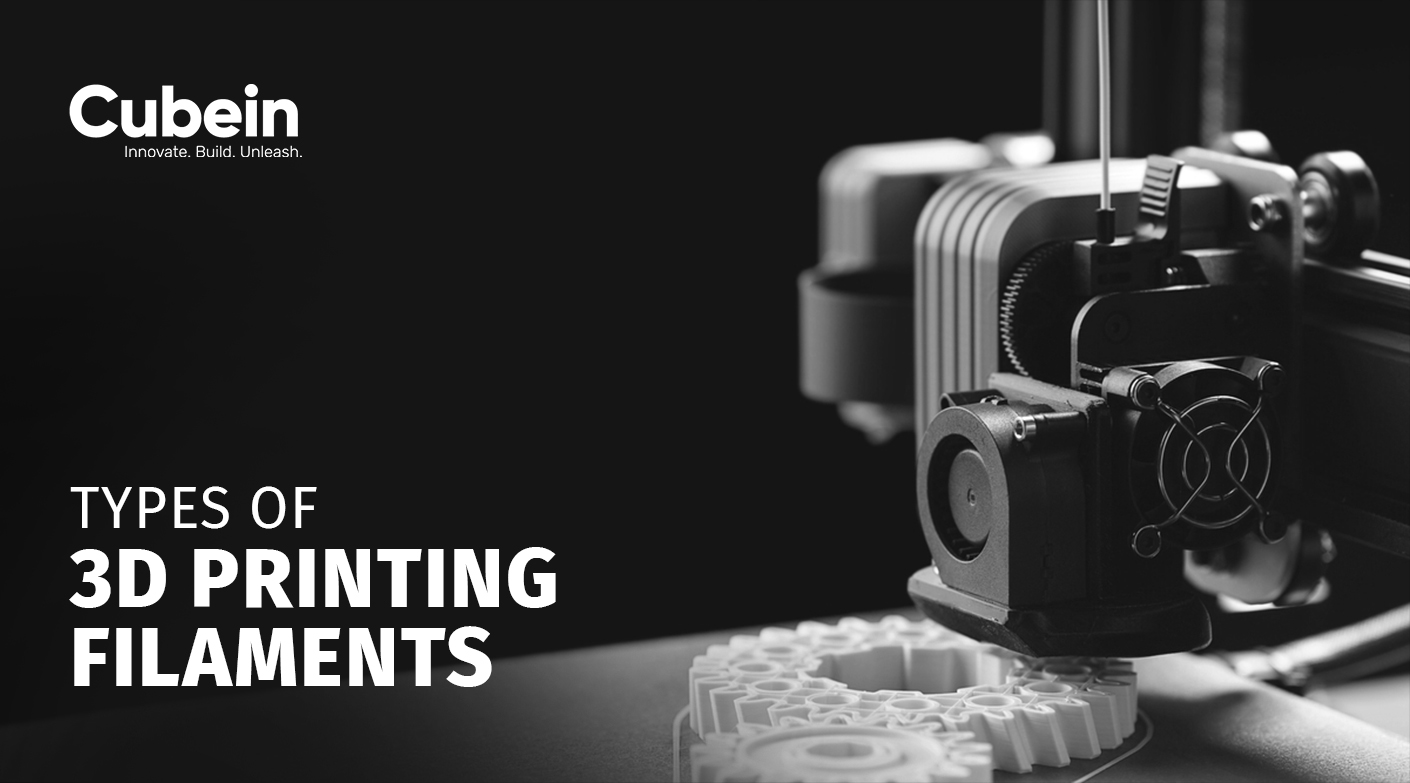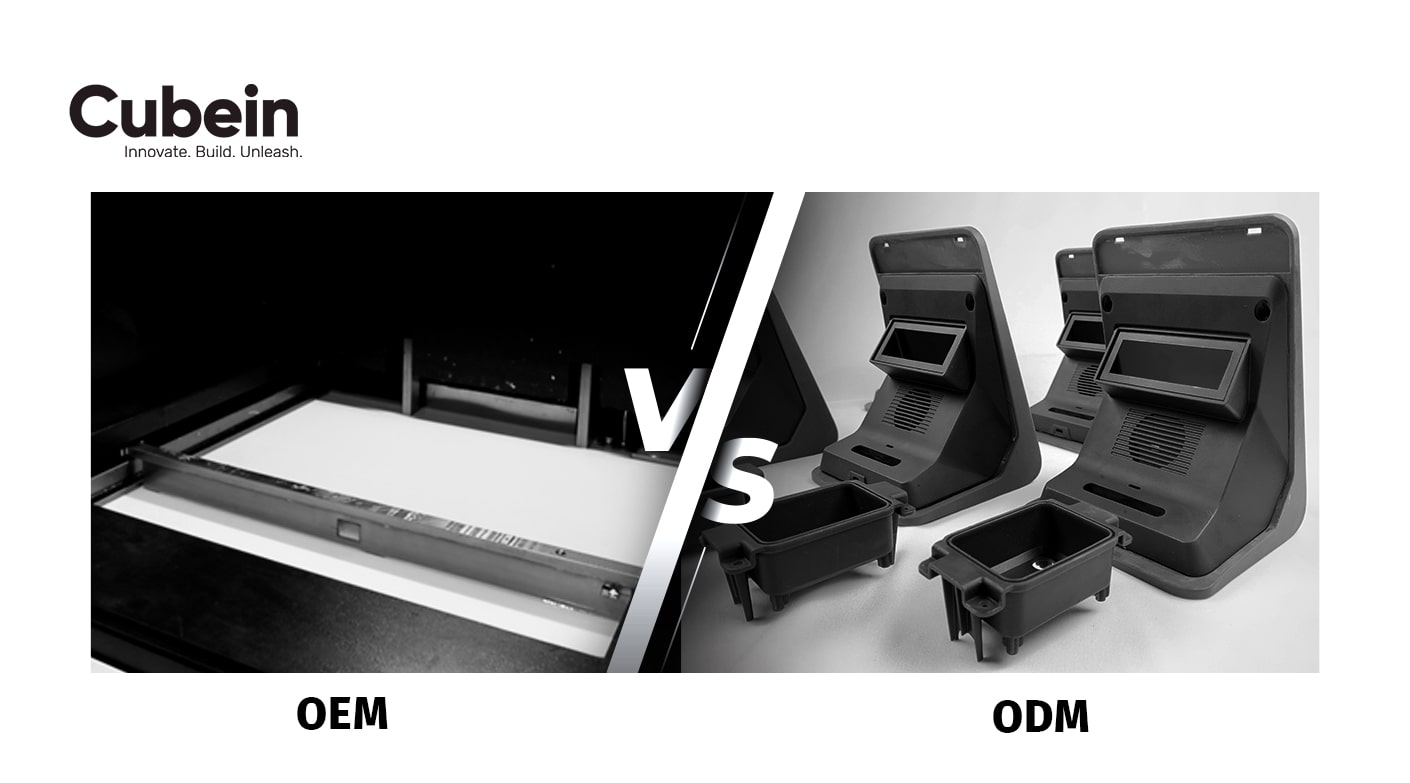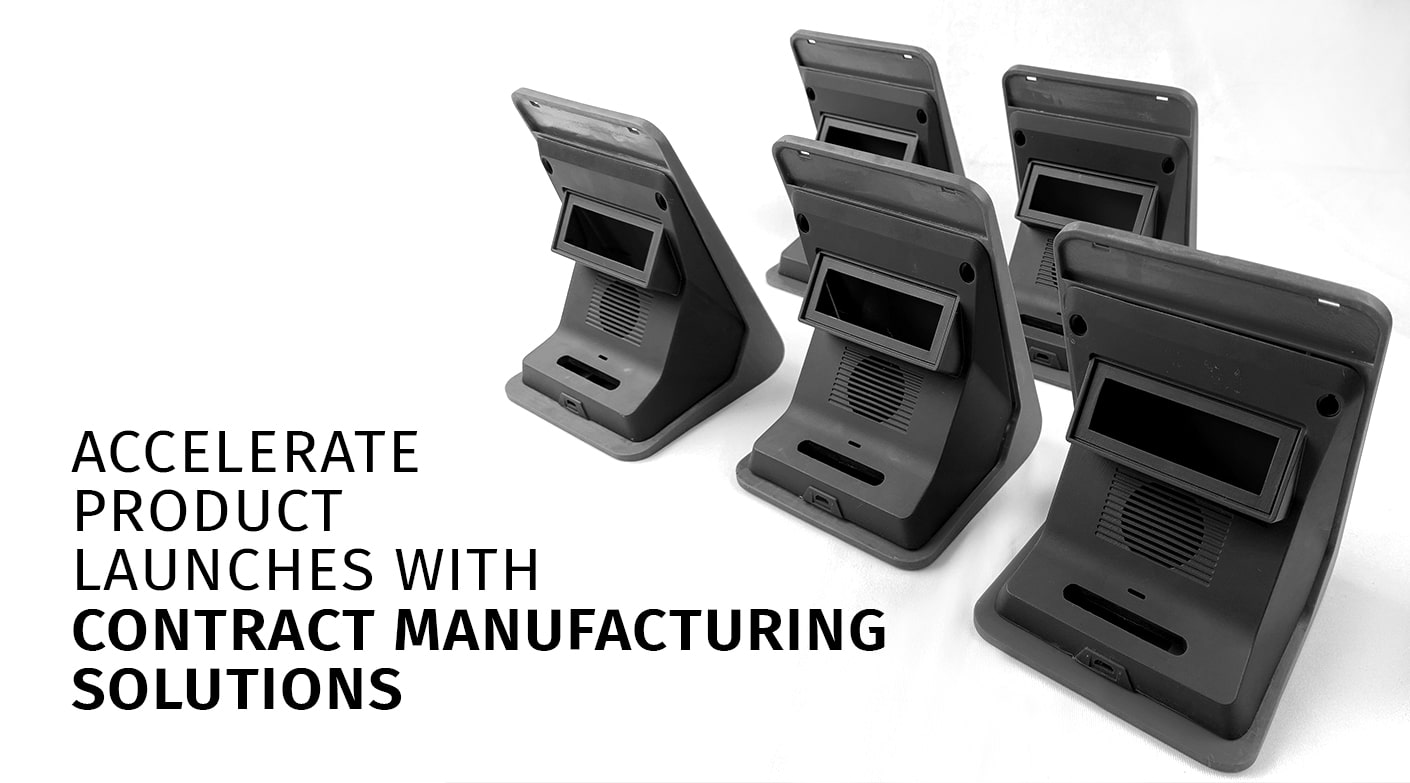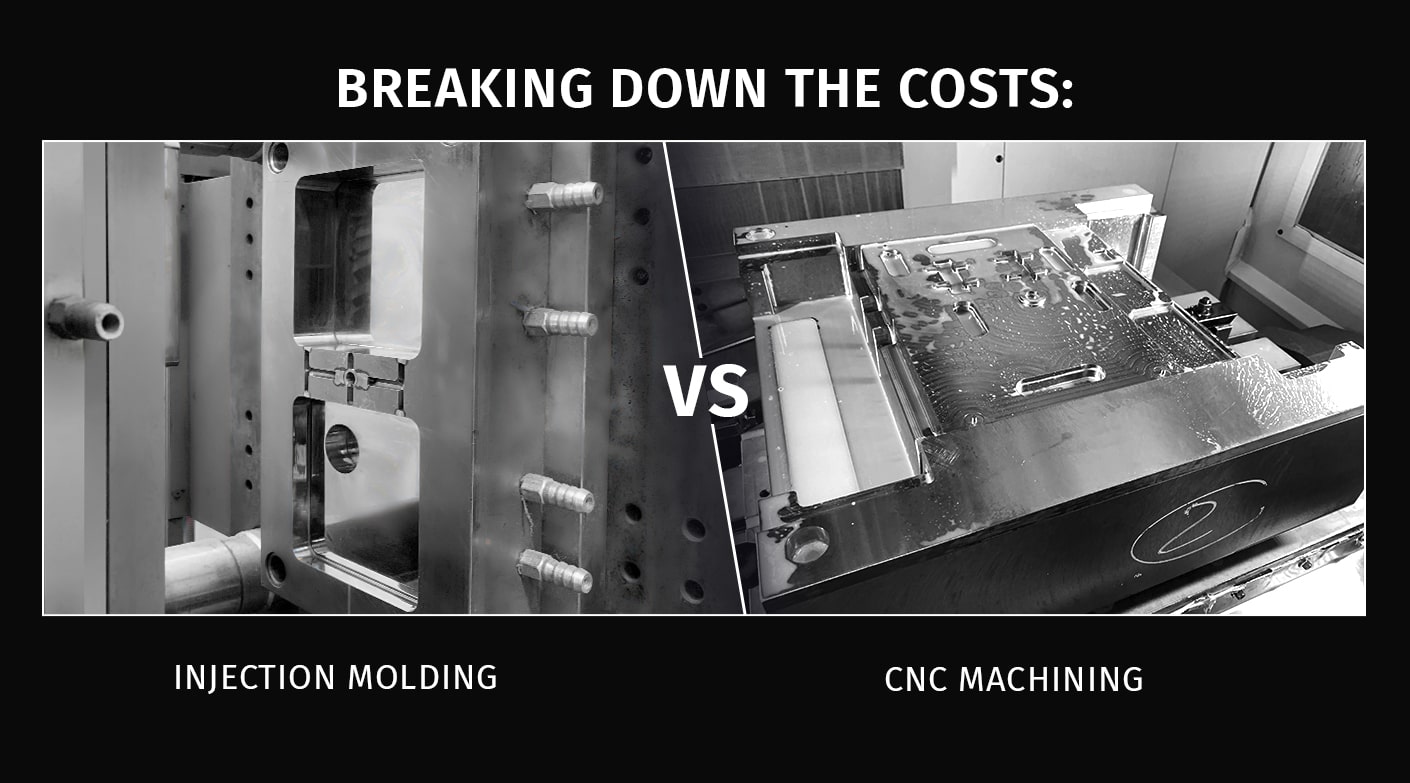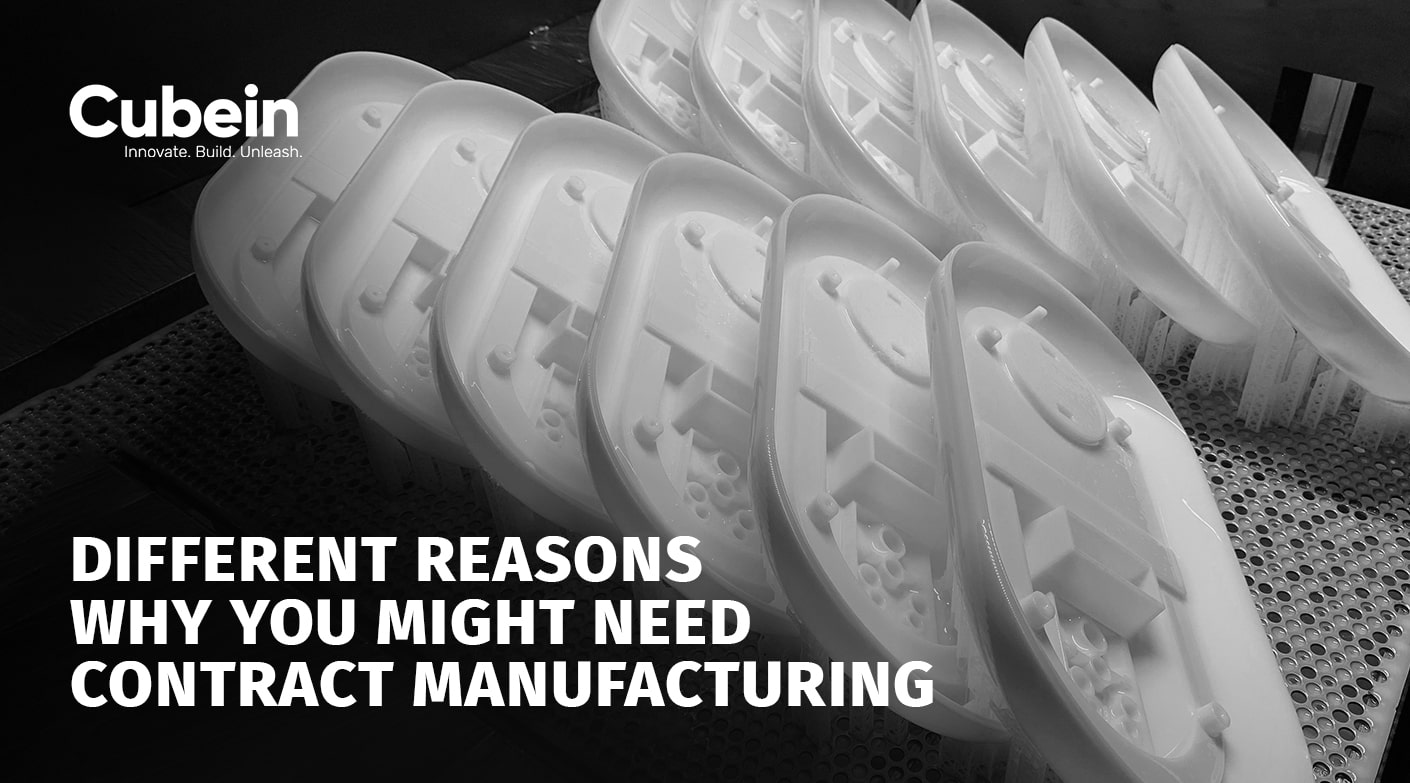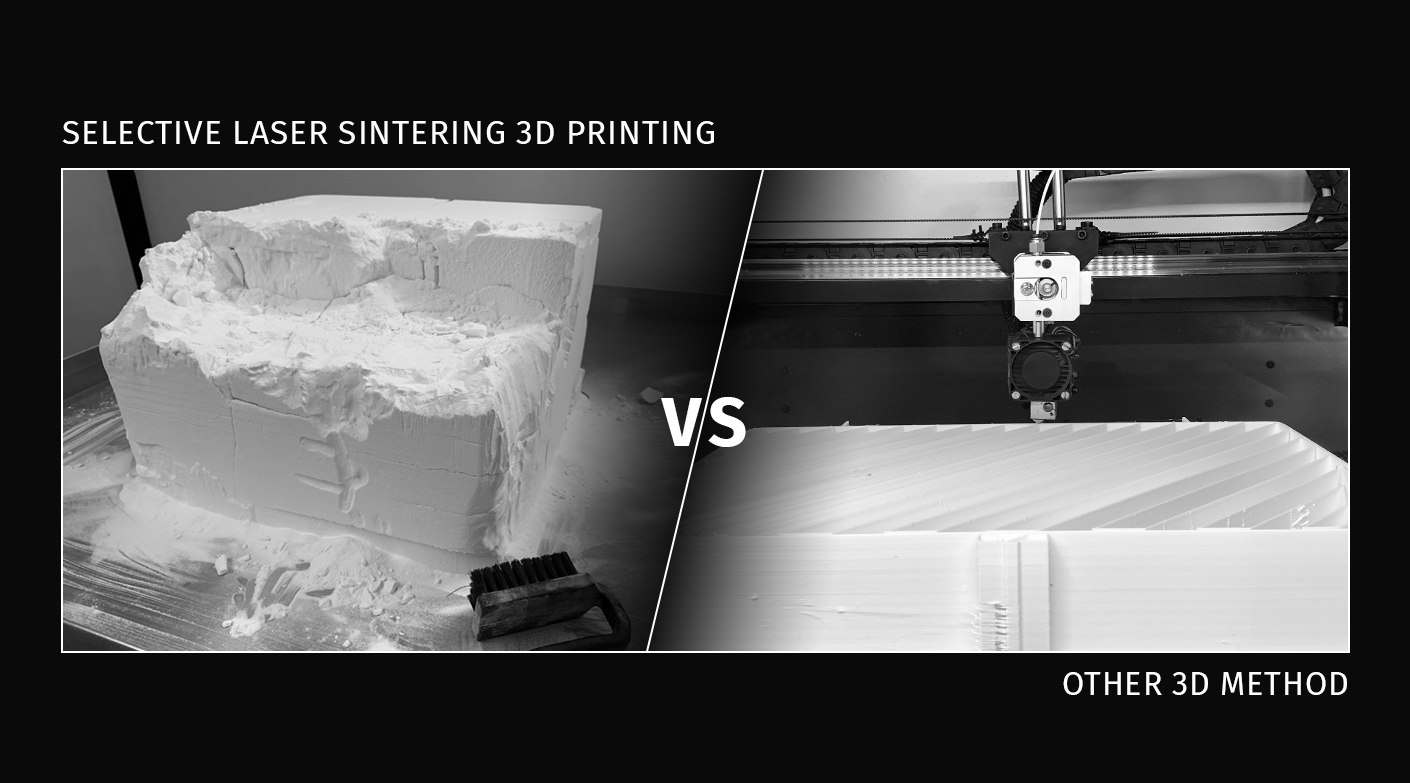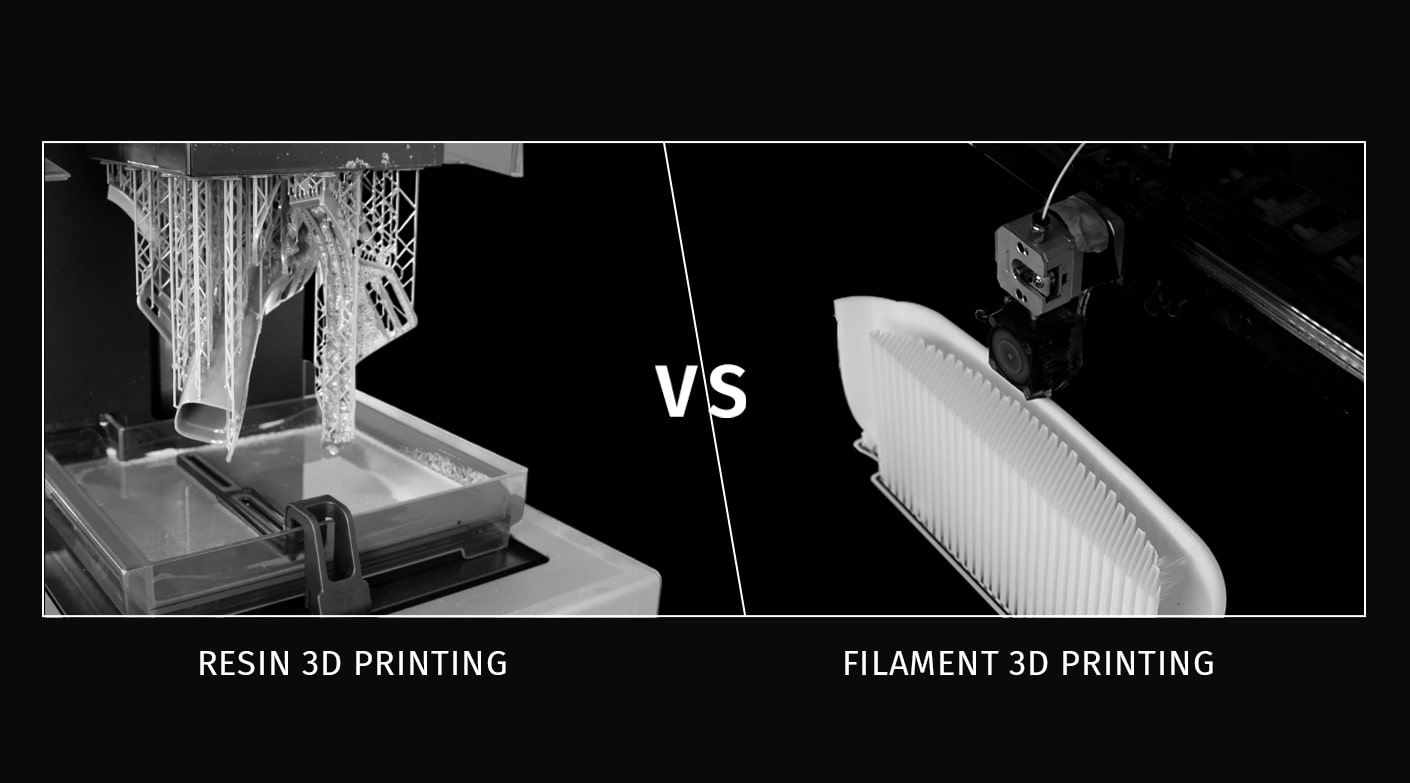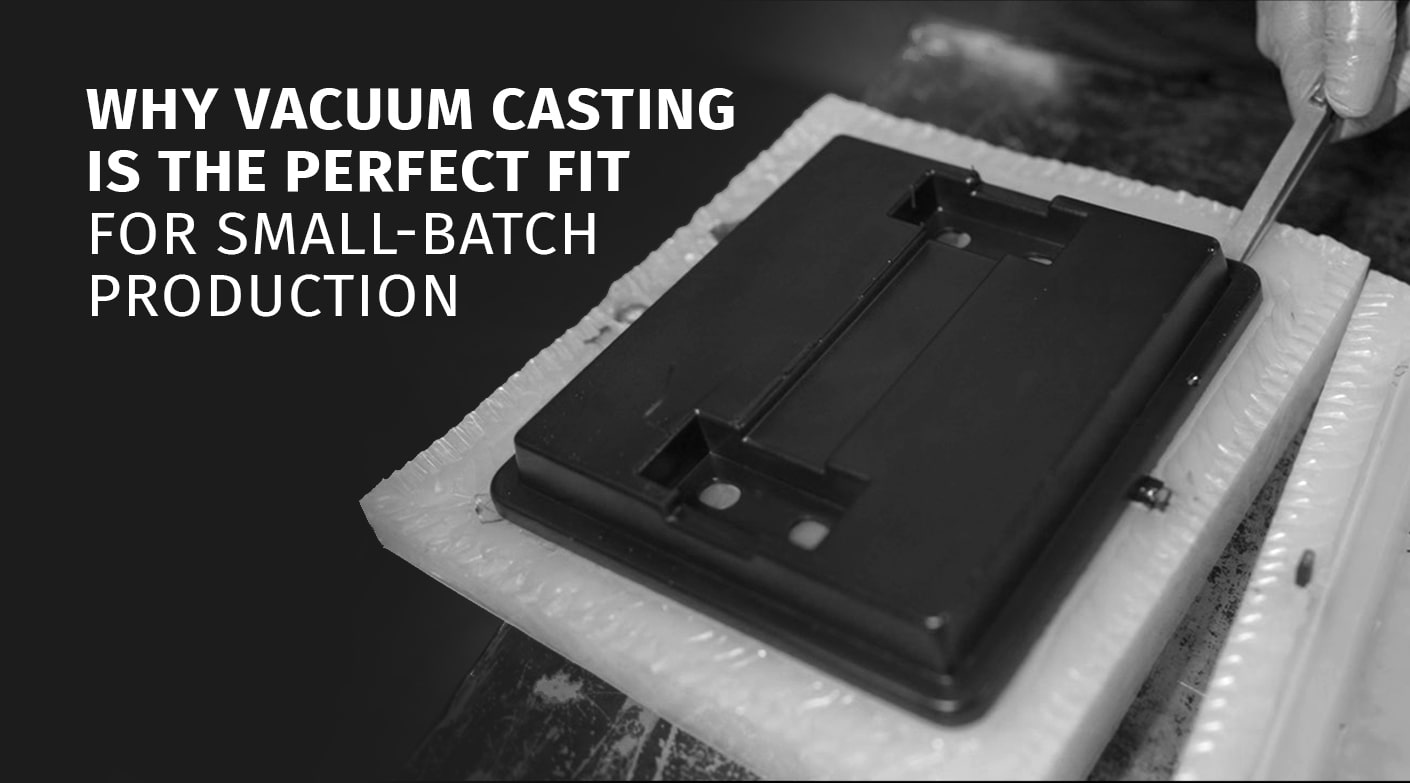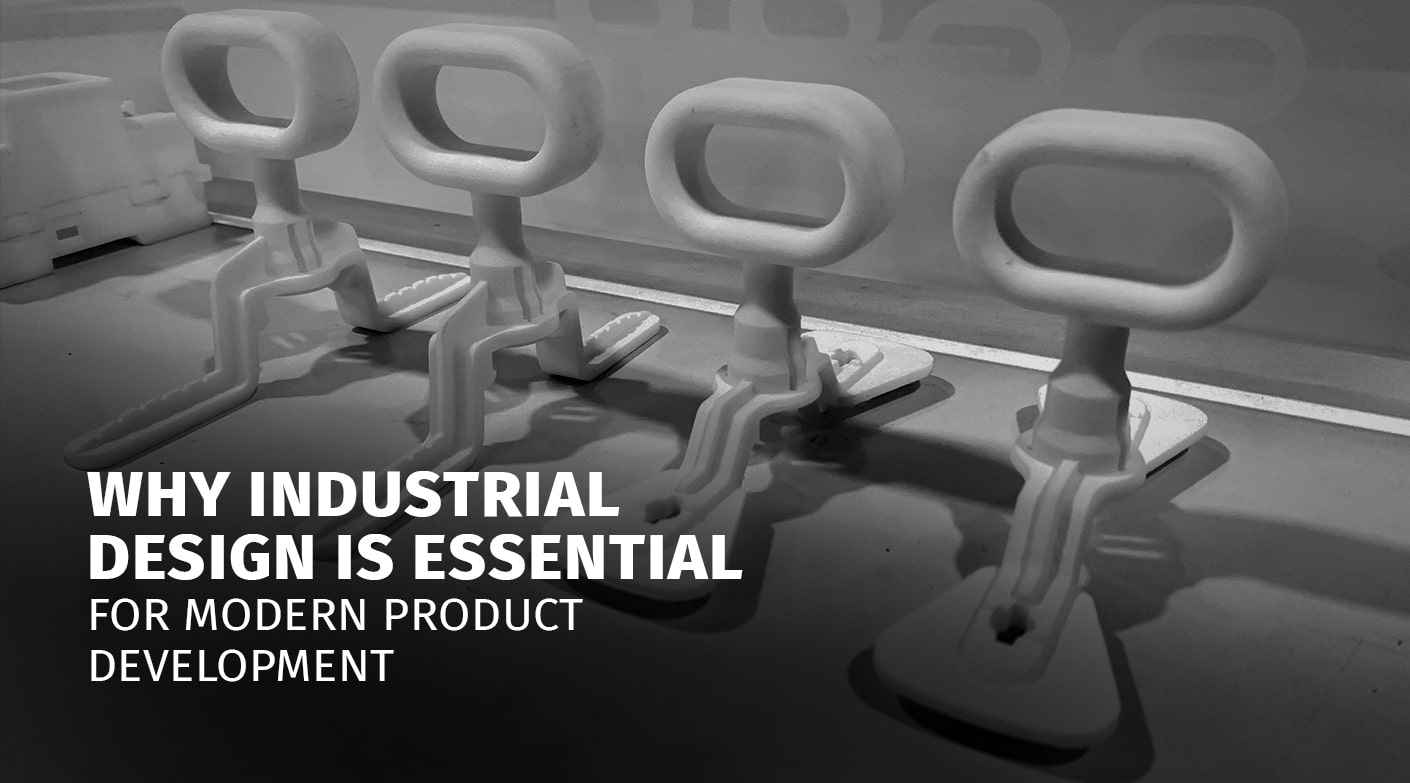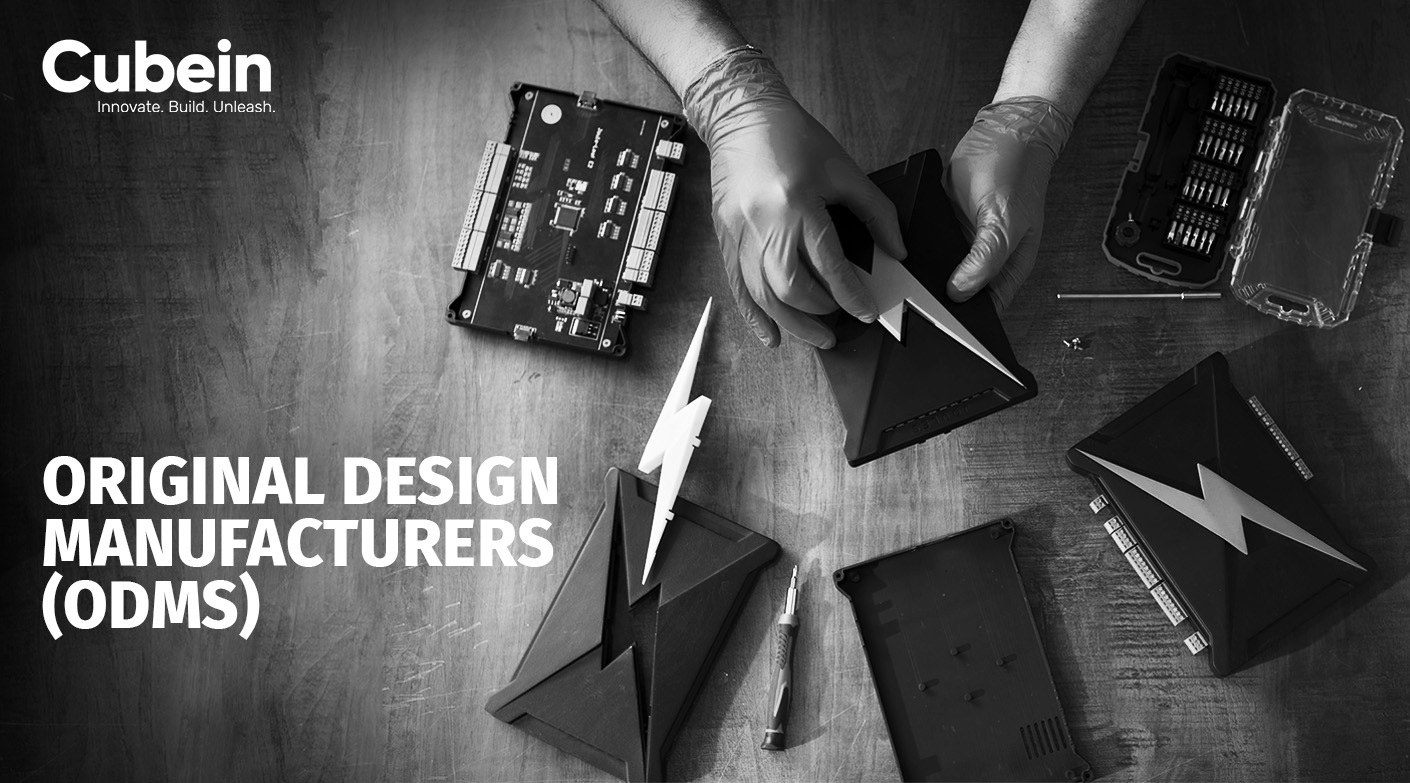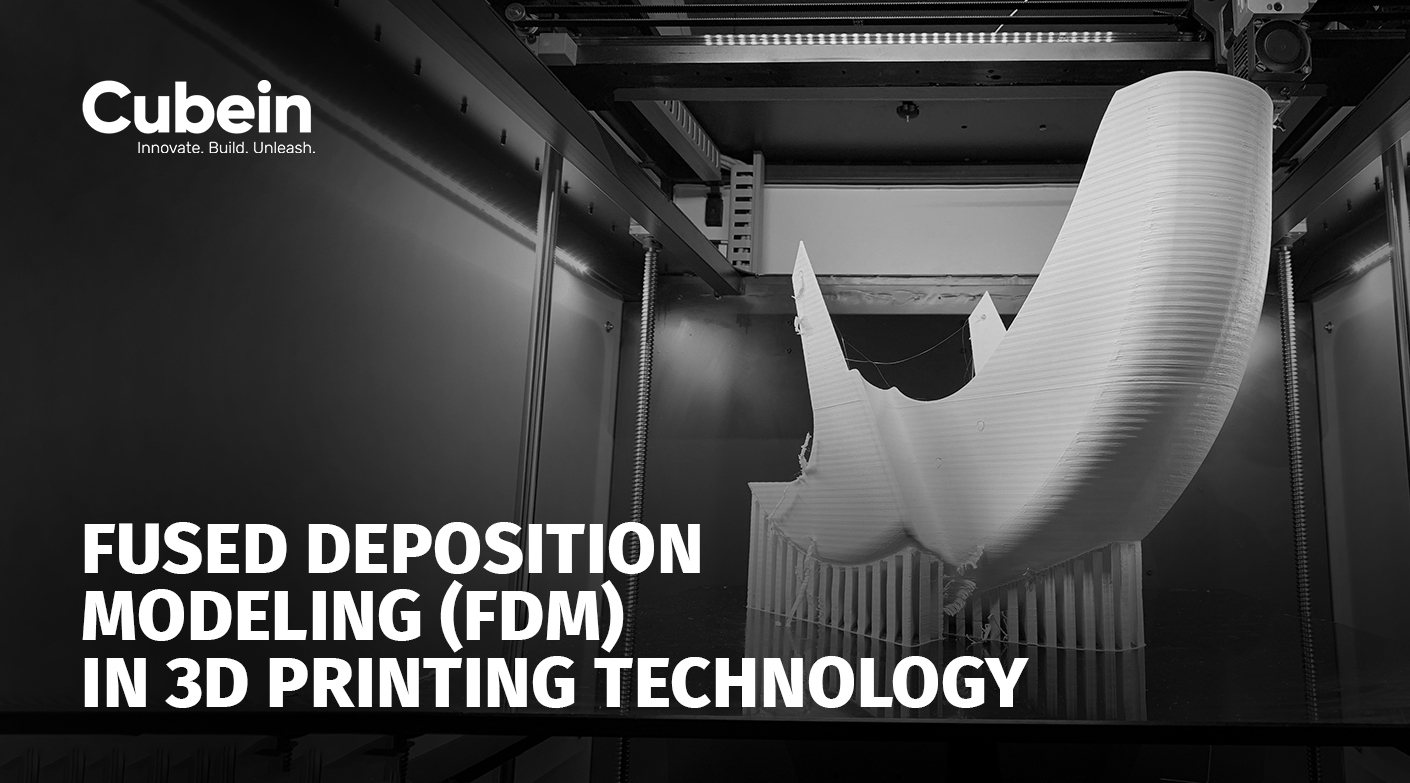In the rapidly evolving landscape of 3D printing, the choice of filament can significantly influence the quality, strength, and functionality of the final product. Whether you are an Original Design Manufacturer (ODM) or utilizing 3D printing services for prototypes or production, understanding the different types of 3D printing filaments is crucial.
This blog will delve into various filament types, their unique properties, and how they are used in different 3D printing technologies, including SLA 3D printing and SLS 3D printing.
PLA (Polylactic Acid)
Overview
PLA is one of the most popular and widely used filaments in 3D printing due to its ease of use and environmentally friendly properties. It is derived from renewable resources such as corn starch or sugarcane.
Properties
- Biodegradable
- Low melting temperature (around 180-220°C)
- Minimal warping and shrinking
- Available in various colors and blends
Uses
PLA is ideal for beginners and is commonly used for creating decorative items, prototypes, and educational models. Its ease of printing makes it a favorite among hobbyists and educational institutions.
ABS (Acrylonitrile Butadiene Styrene)
Overview
ABS is known for its strength and durability. It is a bit more challenging to print with than PLA due to its higher melting point and tendency to warp.
Properties
- Strong and durable
- Resistant to high temperatures
- Requires a heated bed (around 100°C)
- Can emit fumes, so proper ventilation is necessary
Uses
ABS is frequently used for functional parts, automotive components, and products requiring higher strength and temperature resistance. It’s a go-to material for many Original Design Manufacturers.
PETG (Polyethylene Terephthalate Glycol)
Overview
PETG combines the ease of printing of PLA with the strength and durability of ABS. It is gaining popularity for its balanced properties.
Properties
- Durable and flexible
- Low warping
- Resistant to chemicals
- Suitable for food contact
Uses
PETG is used for creating mechanical parts, outdoor applications, and food containers. It’s a versatile material favored in both hobbyist and professional settings.
TPU (Thermoplastic Polyurethane)
Overview
TPU is a flexible filament known for its elasticity and rubber-like properties. It is used in applications where flexibility is crucial.
Properties
- Highly flexible and elastic
- Abrasion-resistant
- Good impact resistance
- Requires careful handling and slower print speeds
Uses
TPU is ideal for creating phone cases, flexible joints, and wearable items. Its flexibility makes it suitable for specific industrial applications as well.
Nylon
Overview
Nylon is a strong, flexible filament known for its durability and resistance to wear and tear.
Properties
- High strength and durability
- Flexible
- Resistant to wear and chemicals
- Absorbs moisture, which can affect printing quality
Uses
Nylon is commonly used for mechanical parts, gears, and functional prototypes. Its strength and flexibility are valued in engineering and industrial applications.
Carbon Fiber Filaments
Overview
These filaments are typically composites, combining standard 3D printing plastics like PLA or ABS with carbon fibers to enhance strength and stiffness.
Properties
- Extremely strong and rigid
- Lightweight
- Can be abrasive to nozzles, requiring hardened steel nozzles
Uses
Carbon fiber filaments are used in aerospace, automotive, and high-performance sporting goods. They are ideal for applications needing high strength-to-weight ratios.
Wood Filaments
Overview
Wood filaments are composites made by combining PLA with wood fibers, giving the printed object a wood-like appearance and texture.
Properties
Unique wood-like finish
Can be sanded and stained
Requires special print settings to prevent clogging
Uses
Wood filaments are perfect for decorative items, architectural models, and furniture prototypes. They offer an aesthetic appeal for art and design projects.
Metal Filaments
Overview
Metal filaments are composites that blend metal powders with plastic binders, allowing 3D printers to produce objects with metallic properties.
Properties
- Heavy and dense
- Can be polished and finished like metal
- Typically require post-processing to achieve the desired finish
Uses
Metal filaments are used for jewelry, art, and functional metal prototypes. They provide the look and feel of metal without the need for metal casting.
3D Printing Technologies: SLA and SLS
Understanding the types of filaments is crucial, but so is knowing how different 3D printing technologies utilize these materials.
SLA 3D Printing
Stereolithography (SLA) uses a photopolymer resin that is cured by a UV laser to create highly detailed and precise parts. While not filament-based, SLA is known for its ability to produce smooth surface finishes and intricate details.
Common Resins
- Standard resin for general use
- Tough resin for impact resistance
- Flexible resin for elasticity
- Castable resin for jewelry and casting patterns
Applications
SLA is ideal for prototypes, dental models, and intricate designs requiring high precision and fine details.
SLS 3D Printing
Selective Laser Sintering (SLS) utilizes powdered materials, typically nylon, which are sintered together by a laser layer by layer. SLS can produce robust, functional parts without the need for support structures.
Common Powders
- Nylon (PA12, PA11)
- Glass-filled nylon for added strength
- Alumide (nylon mixed with aluminum powder) for metallic properties
Applications
SLS is used for functional prototypes, aerospace parts, automotive components, and complex geometries that require durability and strength.
The world of 3D printing filaments is diverse, with each type offering unique properties and benefits tailored to specific applications. Whether you are an Original Design Manufacturer looking to prototype a new product or a consumer using 3D printing services to create personalized items, choosing the right filament is essential. From the environmentally friendly PLA to the durable ABS and the versatile PETG, each filament brings its strengths to the table.
Understanding the compatibility of these materials with various 3D printing technologies like SLA and SLS further enhances your ability to produce high-quality, functional, and aesthetically pleasing products. As 3D printing continues to evolve, so too will the range of materials available, expanding the possibilities for innovation and creativity in this dynamic field.




